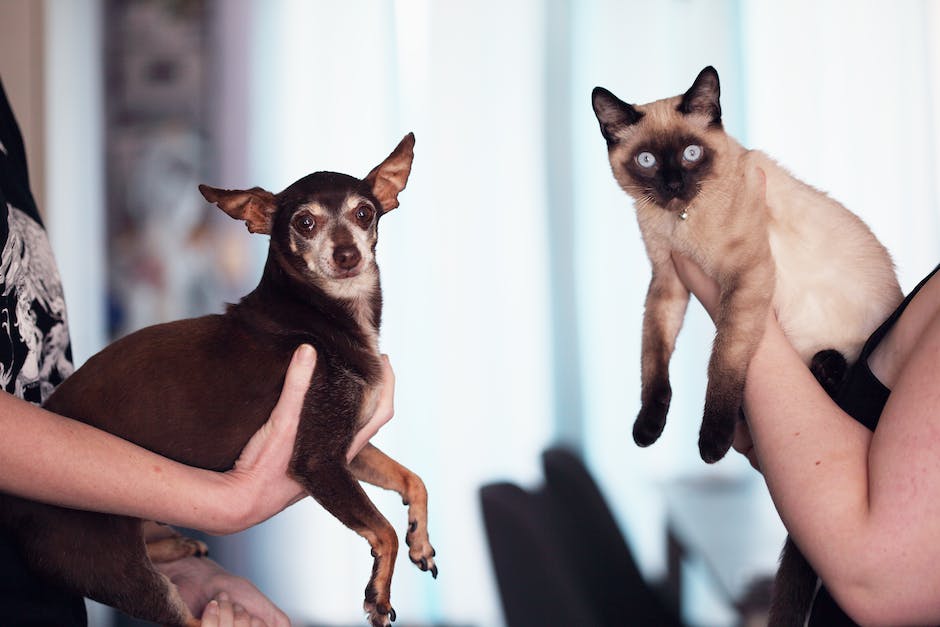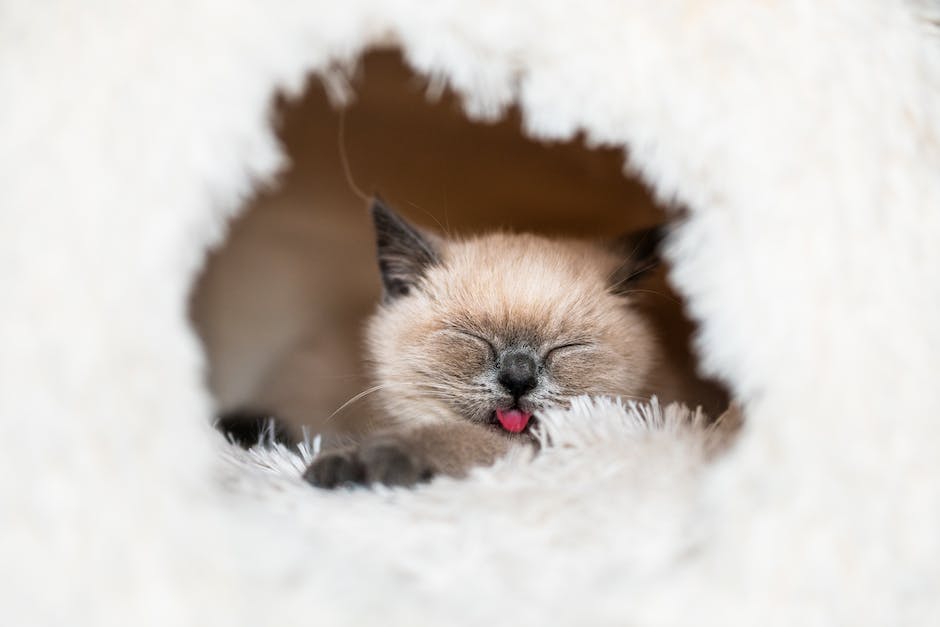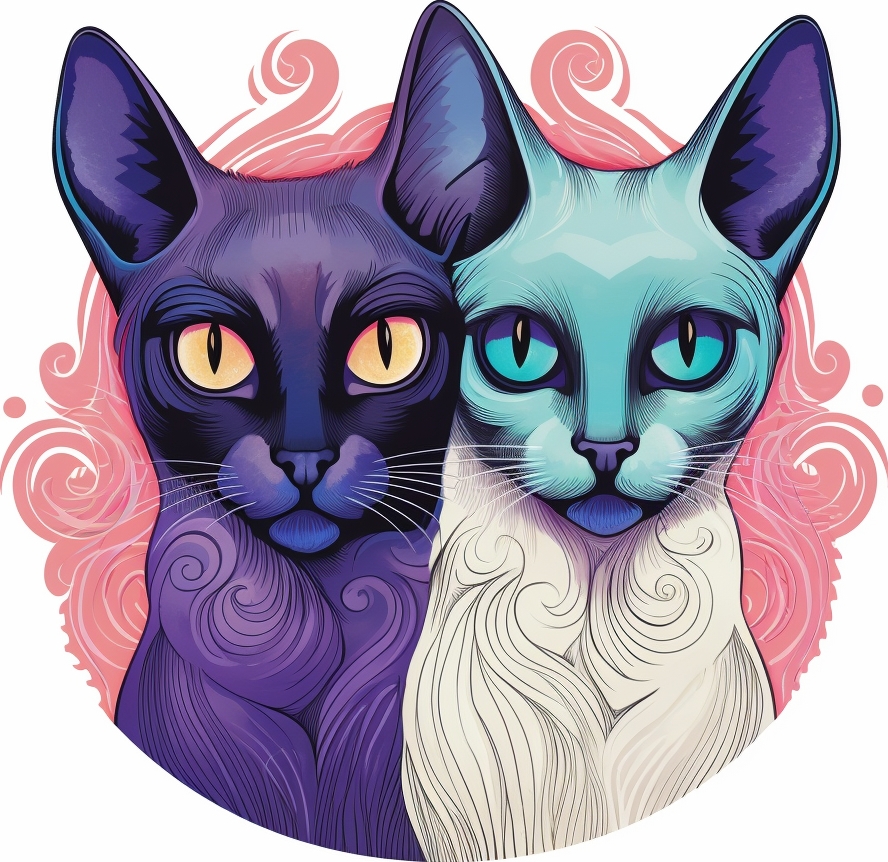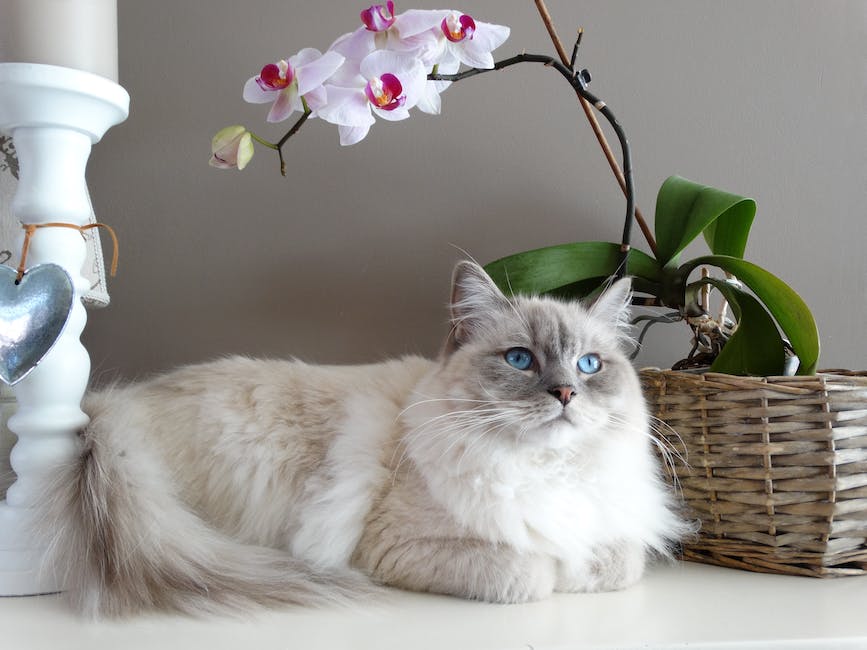One of the most recognizable features of Siamese cats is their distinctive coat color. Their pointed pattern is characterized by a light-colored body and darker “points” on their tails, faces, ears, and legs. This coloring is caused by a genetic mutation that affects the production of melanin, which results in the darker pigmentation in the extremities.
Siamese cats come in four main colors: seal point, blue point, chocolate point, and lilac point. The seal point is the most common and features dark brown points on a light beige body. Blue point Siamese have grayish-blue points and a lighter grayish-white body. Chocolate point Siamese have milk chocolate-colored points and a light tan body. Finally, lilac point Siamese have pinkish-gray points and a white body.
The vibrant coloring of Siamese cats has made them a popular breed for those who love exotic-looking felines. They are often used in advertisements as a symbol of luxury and refinement. However, their coloring is not just for aesthetics – it also serves a practical purpose. In their native land of Thailand, the pointed coloration helped them blend in with their natural surroundings, making it easier for them to hunt prey.
Unique Physical Characteristics of Siamese Cats
Aside from their coloring, Siamese cats are also known for their unique physical characteristics. They are a medium-sized breed with a sleek, muscular body and a wedge-shaped head. Siamese cats also have almond-shaped blue eyes and large ears which are set at an angle, further accentuating their triangular-shaped head.
Another unique physical characteristic of Siamese cats is their body temperature. They tend to have a slightly higher body temperature than other breeds, which is why they enjoy warm environments and are often found seeking out sunny spots in the home.
Siamese cats also have a distinctive voice. They are known for their loud, raspy meows that sound like they are talking rather than simply making noise. This is due to their elongated vocal cords and their tendency to be more vocal than other cats.
Personality Traits of Siamese Cats Compared to Other Breeds
The Siamese cat breed is known for its outgoing, affectionate personality. They are often described as playful, energetic, and curious. They are highly social cats and enjoy spending time with their owners, which sometimes can become separation anxiety if they are left alone for too long. They also tend to be adaptable and can get along well with other pets.
Compared to other breeds, Siamese cats are more vocal and demanding of attention. They are known to “talk” to their owners and may follow them around the house, seeking their attention. Due to their high energy levels, they require plenty of exercise and mental stimulation.
Overall, Siamese cats are a unique and fascinating breed with many distinctive physical and personality traits that set them apart from other feline breeds of origin.

Comparing Health Concerns of Siamese Cats and Their Relatives
Siamese cats and other breeds originating from Siamese share some common health concerns. One of the most common health issues is that they may suffer from respiratory problems, such as asthma and bronchitis. This is partly due to their characteristic elongated head and body shape that may affect their respiratory system.
Another health problem common to Siamese cats is neurologic when they get older. This can lead to poor balance and coordination. Siamese cats may also develop dental problems if their teeth are not properly cared for resulting in painful gum infections and tooth loss.
It is essential for owners to regularly check and monitor their cats’ health, including their dental health, since it can deteriorate relatively quickly. With proper care and regular vet check-ups, these health concerns can be managed effectively.

Training Siamese Cats vs. Other Breeds from Siamese
Training a Siamese cat is often different from training other breeds originating from Siamese. Siamese cats tend to be highly intelligent and trainable, which makes them ideal for learning tricks and commands with ease. However, they also have a stubborn and independent streak, which can make training them challenging at times.
One of the most critical aspects of training Siamese cats is to establish a daily routine. It helps them develop a sense of predictability and keeps them mentally stimulated. Siamese cats respond best to positive reinforcement training methods such as treats and praise, and they don’t respond well to punishment or harsh disciplinary actions.
Compared to other breeds of origin in Siamese, Siamese cats tend to be more vocal, which can sometimes work to the owner’s advantage during the training process. Their tendency to “talk” allows owners to communicate better with them and provides an opportunity to teach them new commands.
Siamese Cats’ Voice and Communication Compared to Other Breeds
Siamese cats are known for their unique voice and communication style. Compared to other breeds, Siamese cats tend to be more vocal, making sounds ranging from a gentle purr to a loud, assertive yowl. They often use their voice to communicate with their humans, whether it’s to ask for food, attention or to let them know how they feel, Siamese cats are not shy about expressing what is on their minds.
Furthermore, Siamese cats have a unique body language that also helps them communicate. They are known for their wide range of facial expressions and body gestures, and their tails also act as an important communication tool. For instance, if their tail is up, it is a sign that they are happy and ready to play, while a low tail indicates they are upset or fearful.
Overall, the vocal and communicative nature of Siamese cats distinguish them from other breeds of origin from Siamese. Understanding and interpreting their vocal and body language is essential, as it helps to build a stronger bond between owners and their feline companions.
Differences in Grooming and Coat Care for Siamese Cats
Siamese cats have a short, fine coat that is easy to maintain. They do not require as much grooming as some long-haired breeds, but they still benefit from regular brushing to remove any loose fur and dead skin cells. Brushing also promotes healthy skin and coat by distributing natural oils and preventing matting.
Siamese cats are known for being fastidious groomers themselves and spend a considerable amount of time cleaning themselves. Owners can supplement this by bathing their Siamese cats occasionally, trimming their nails to prevent overgrowth, and cleaning their ears to avoid any buildup of wax.
Another crucial aspect of coat care for Siamese cats is protecting them from too much direct sunlight. Siamese cats are sensitive to heat, which can damage their skin and coat if they are exposed to it for too long. Owners should ensure they provide enough shade for their cats to protect them from the sun’s harmful rays and keep water available to prevent dehydration.
Siamese Cats’ History and Cultural Significance Compared to Related Breeds
Siamese cats have been around for thousands of years and are intricately linked to the cultural history of Thailand, formerly known as Siam. They were originally bred as royal temple cats and considered sacred by the Thai people, who believed they brought good luck and fortune.
Over time, the Siamese cat breed spread to other parts of the world, and different variations and adaptations of the breed were developed in different regions. Today, there are many breeds originating from Siamese, including the Balinese, Oriental, and Tonkinese cats.
Despite the variations in the breed, Siamese cats remain a beloved feline companion with a rich cultural significance. Their unique physical and personality traits, distinctive voice and communication style, and rich history and cultural significance distinguish them from other breeds originating from Siamese and make them a popular choice among cat owners worldwide.
In conclusion, Siamese cats remain one of the world’s favorite cats due to their distinctive features, personality, and cultural significance. Owners must provide them with the proper care and attention they need to live healthy, happy lives and enjoy all the unique qualities that make them so special.

